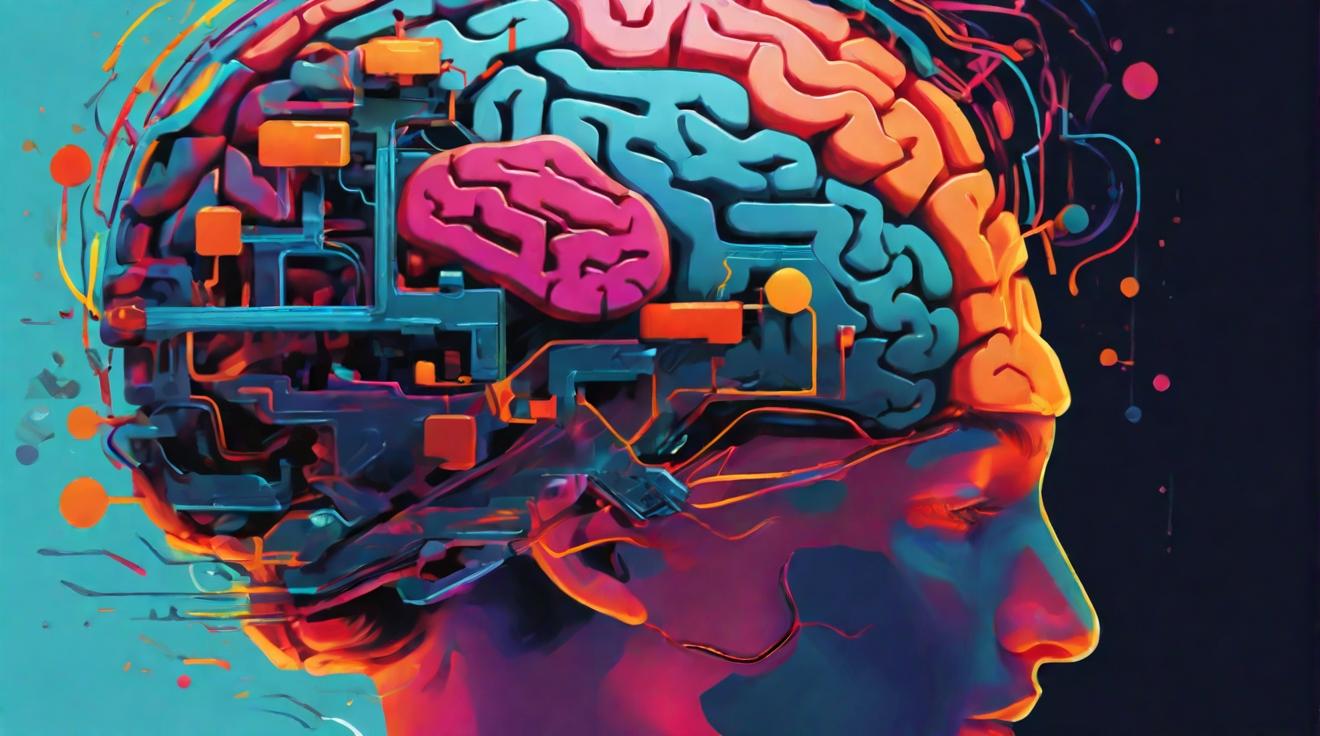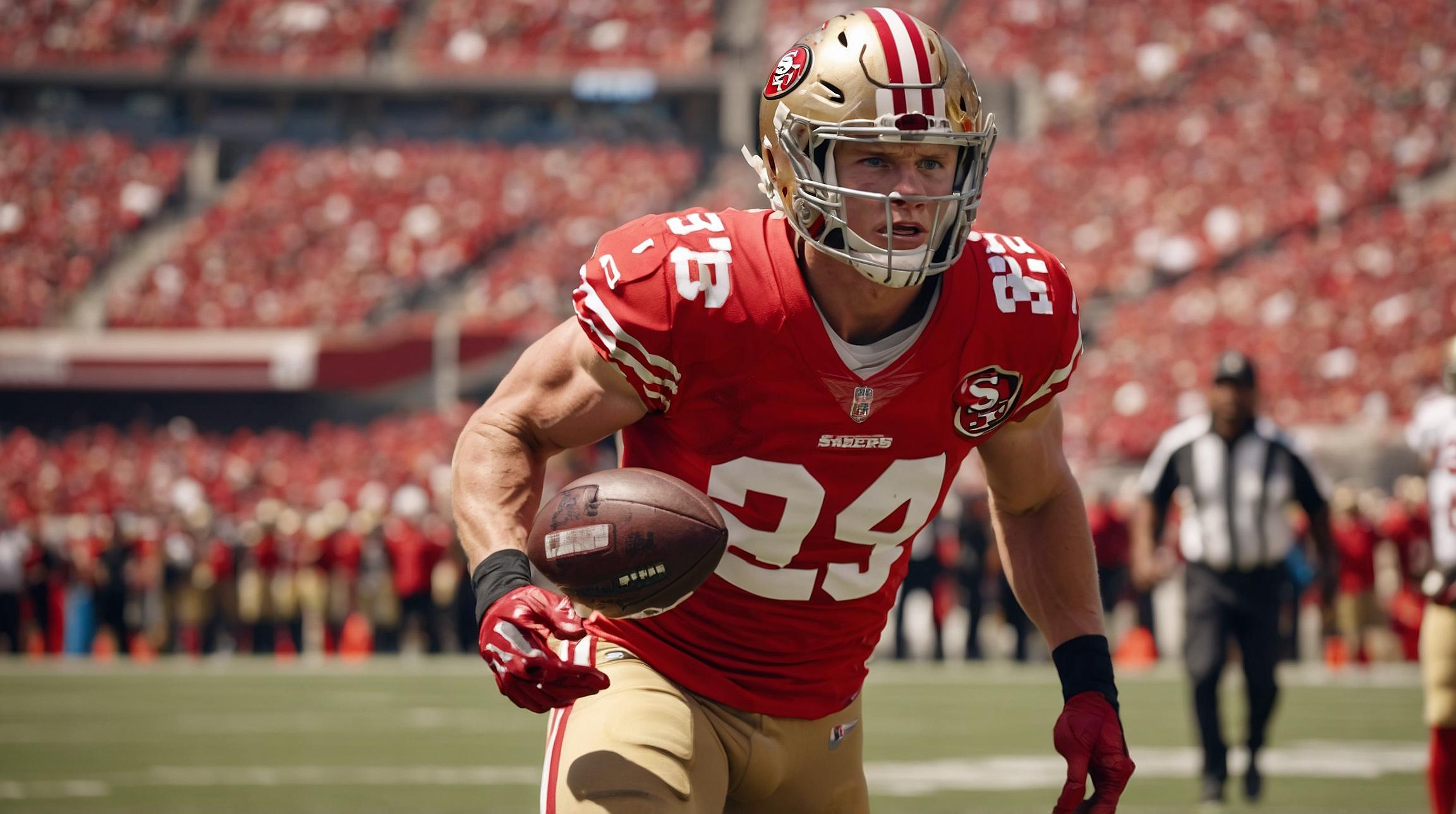Neuralink's First Human Recipient Revealed: A Leap Towards Restoring Mobility
In a groundbreaking development that sparks a tidal wave of anticipation and curiosity, Neuralink, Elon Musk's ambitious venture into brain-computer interfaces, has made headlines with its first human recipient stepping into the spotlight. Noland Arbaugh, a 29-year-old who suffered quadriplegia following a devastating car accident, has been identified as the pioneering individual to receive Neuralink's revolutionary brain chip implant earlier this year. For Arbaugh, this chip represents a beacon of hope, granting him the extraordinary ability to move a mouse cursor purely through his thoughts.
This landmark achievement aligns seamlessly with Elon Musk's visionary goal for Neuralink, positioning the company as a trailblazer in offering new horizons to those afflicted by brain and spinal injuries. Musk has long advocated for the potential of Neuralink's technology to provide a lifeline to individuals with severe spinal cord injuries, hinting at a future where full-body functionality could be restored.
The Future of Neuralink Implants: Who's Next?
With the FDA's recent approval lighting the path forward, speculation is rife regarding the next candidates for Neuralink's transformative technology. James McQuiggan, a noted security expert, posits that individuals with conditions akin to Arbaugh's, such as those suffering from Lou Gehrig's disease or quadriplegia, are likely to be next in line. This approach underscores Neuralink's commitment to prioritizing medical necessity over elective desires, with the technology's wider availability projected to be within three to five years for those meeting specific health criteria.
However, the pathway to elective use, comparable to cosmetic surgery, appears more protracted, mired in considerations of risk versus reward. The notion of embedding brain chips in healthy individuals, or even children for enhanced tracking and health monitoring, ventures into ethically murky waters, with the technology's deployment in such contexts remaining speculative at best.
Balancing Potential with Prudence
As Neuralink ventures further into this uncharted territory, the balance between unlocking potential and exercising prudence becomes paramount. While the horizon brims with possibilities for treating neurological disorders and restoring lost functionalities, the extent to which society is willing to embrace neurosurgery for non-essential enhancements remains a contentious issue.
In essence, Neuralink's journey is emblematic of a broader quest within the realm of biotechnology—a quest not just for innovation, but for thoughtful integration of these advancements into the fabric of human health and wellness. As we stand on the cusp of this new era, the dialogue surrounding these technologies will undoubtedly evolve, informed by a collective aspiration to enrich lives while safeguarding the essence of what it means to be human.
Analyst comment
Positive news: Neuralink’s First Human Recipient Revealed: A Leap Towards Restoring Mobility
As an analyst, the market for Neuralink’s technology is expected to expand in the next three to five years, with individuals suffering from conditions like quadriplegia and Lou Gehrig’s disease likely to be next in line. However, the market for elective use of brain chips in healthy individuals may face ethical challenges and remains speculative. The success of Neuralink hinges on striking a balance between unlocking potential in treating neurological disorders and navigating societal acceptance of non-essential enhancements.













